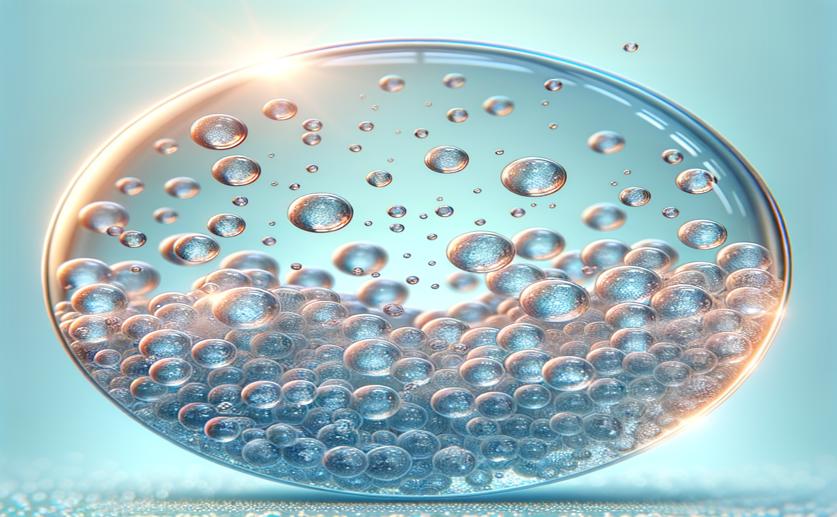
Creating Tiny Silica Particles to Deliver Licorice Extract for Acne Treatment
Jenn Hoskins
2nd June, 2024

Image Source: Natural Science News, 2024
Key Findings
- Researchers at Soochow University used mesoporous silica nanoparticles (MSN) to improve the stability and delivery of licorice polysaccharides (GGP) for anti-acne treatments
- The new formulation showed high entrapment efficiency (76%) and effective release (89%) at pH 5, suitable for acne-prone skin
- In vitro and in vivo tests confirmed that the formulation increased cellular uptake by sebocytes and reduced inflammation by inhibiting key acne-related pathways
References
Main Study
1) Fabrication of mesoporous silica nanoparticles for releasable delivery of licorice polysaccharide at the acne site in topical application.
Published 1st September, 2024 (future Journal edition)
https://doi.org/10.1016/j.carbpol.2024.122250
Related Studies
2) Isolation, Characterization, Pharmacology and Biopolymer Applications of Licorice Polysaccharides: Review.
3) MCM-41 as a useful vector for rutin topical formulations: synthesis, characterization and testing.



 6th May, 2024 | Jenn Hoskins
6th May, 2024 | Jenn Hoskins